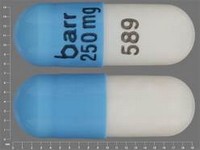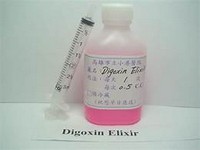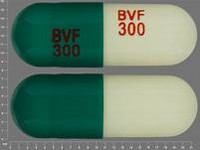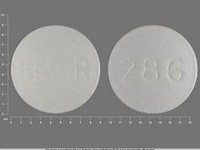Zafirlukast
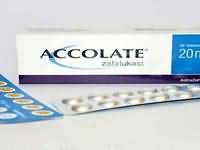
CLINICAL USE
Prophylaxis of asthma
DOSE IN NORMAL RENAL FUNCTION
20 mg twice daily
PHARMACOKINETICS
Molecular weight : 575.7 %Protein binding : 99 %Excreted unchanged in urine : 0 (10% as metabolites) Volume of distribution (L/kg) : 70 litres half-life – normal/ESRD (hrs) : 10/Possibly unchanged DOSE IN RENAL IMPAIRMENT
GFR (mL/MIN)
20 to 50 : Dose as in normal renal function 10 to 20 : Dose as in normal renal function, but use with care <10 : Dose as in normal renal function, but use with care DOSE IN PATIENTS UNDERGOING RENAL REPLACEMENT THERAPIES
CAPD : Unlikely to be dialysed. Dose as in normal renal function, but use with care HD : Unlikely dialysability. Dose as in normal renal function, but use with care HDF/high flux : Unknown dialysability. Dose as in normal renal function, but use with care CAV/VVHD : Unknown dialysability. Dose as in normal renal function, but use with care IMPORTANT DRUG INTERACTIONS
Potentially hazardous interactions with other drugs Analgesics: concentration increased by aspirin Antibacterials: concentration reduced by erythromycin Anticoagulants: may enhance the effects of warfarin Theophylline: zafirlukast possibly increases theophylline concentration; zafirlukast concentration reduced ADMINISTRATION
Reconstition
– Route
Oral Rate of Administration
– Comments
– OTHER INFORMATION
Do not take with food as it reduces bioavailability .
See how to identify renal failure stages according to GFR calculation
See how to diagnose irreversible renal disease
Home




